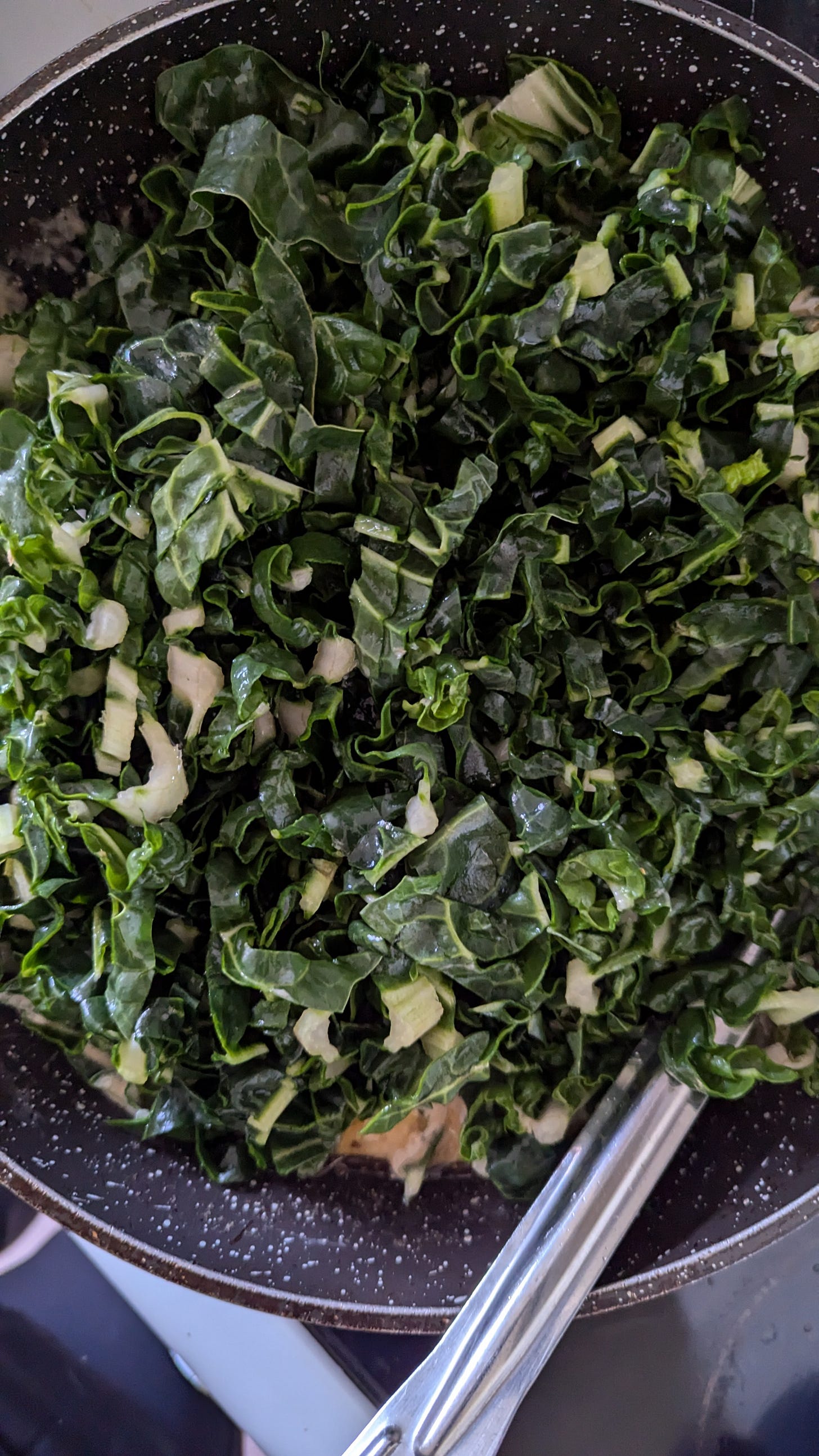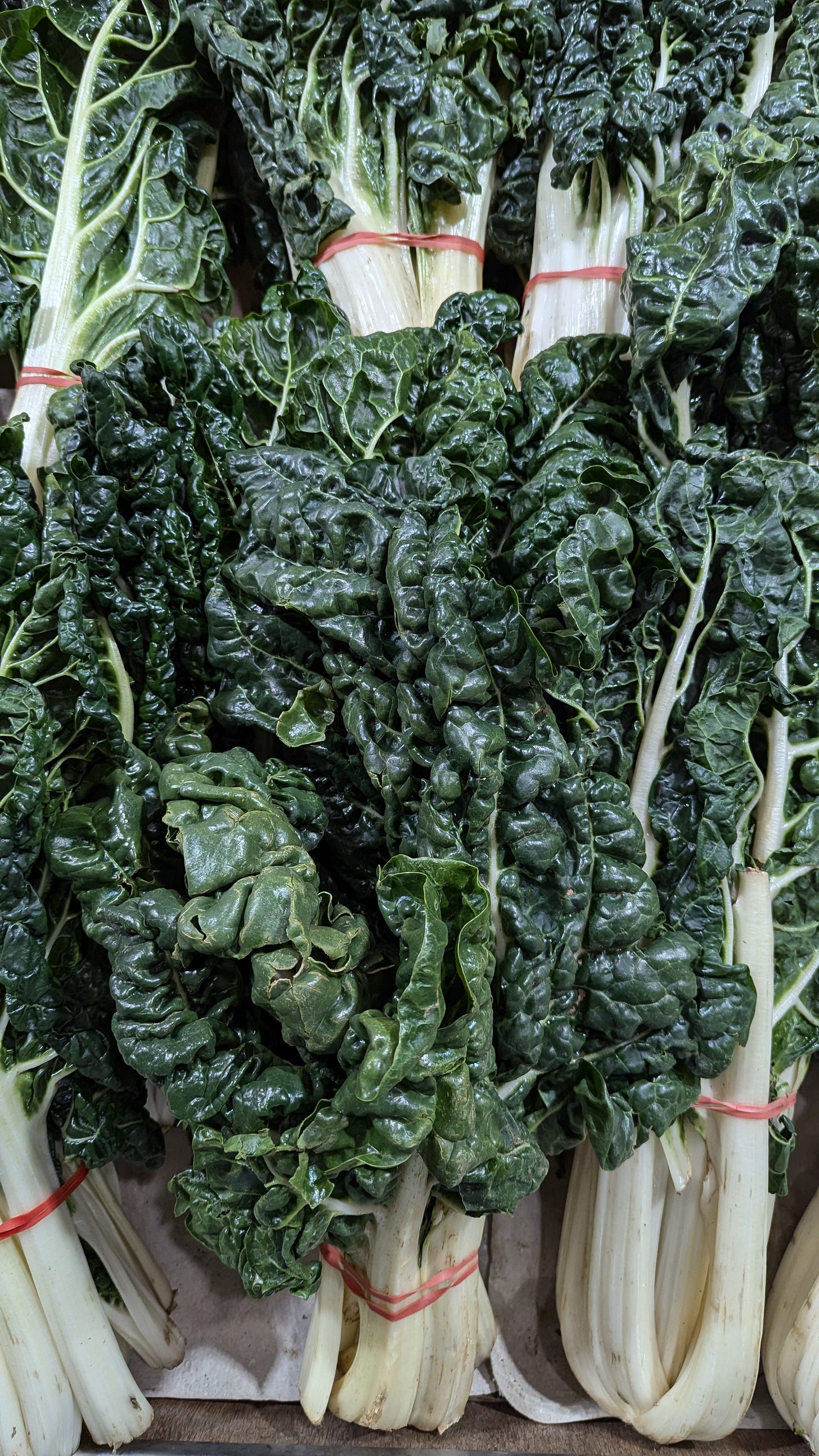Laing is one of those Filipino dishes I love. But the procuring of dried taro leaves sometimes becomes a challenge.
Laing is a popular vegetable dish from the Bicol region in the Philippines. A province that’s known for its spicy hot cuisine and laing is one of them. Traditionally made with dried taro leaves which are sold in packs in many Filipino or Asian supermarkets.
Most people are familiar with the root vegetable which is used is a lot of Asian savoury and sweet dishes. But the leaves which are similar to spinach is equally delicious, if you know how to cook with it. Taro leaves is an ingredient in many South East Asian cuisines. I’ve seen them sold fresh in Fijian and Indian shops. But they are tricky to cook fresh. A former colleague who has Fijian-Indian heritage advised that the fresh leaves need to be steeped in cold water overnight as it contains oxalate acid in the leaves and the stems which triggers skin irritations and rashes and even burning sensation in the mouth. Which is why it’s best to use the dried leaves.
But when the cravings hit, using Australian produce that's available almost year round - silverbeet and baby spinach, hits the spot. Silverbeet (photo) are cheap and a great alternative. The green and bitter notes of taro leaves is replicated by silverbeet with the addition of baby spinach. I love this by itself, eaten with rice or served with a grilled or fried fish or pork.
I shared the recipe over at SBS Filipino for September Filipino food feature! Go on and make it!
Silverbeet and spinach laing
Ingredients
5 cloves garlic, finely chopped
1 ginger (approximately 2 thumb size pieces), finely chopped
1 tablespoon shrimp paste
1 400-ml coconut milk
1 bunch silverbeet (approximately 280-350 grams), roughly chopped (discard the white usually tough thick stems)
1 400-gram back baby spinach
5 pieces bird’s eye chillies (green or red)
1 teaspoon chilli sauce (optional)
2 tablespoons cooking oil (neutral oils like canola or sunflower oil)
Directions
In a shallow pan (about 30cm diametre), heat the oil then add the ginger and garlic and cook till soft. Add the shrimp paste and stir to coat the aromats. Add the coconut milk, stir and bring to a boil. Add the silverbeet leaves and baby spinach. Bring the heat to medium, place the lid on and bring it to a low simmer for 15-20 minutes. The coconut sauce will be slightly reduced. Add the chillies on top and turn off the heat. Optional to serve with extra chilli sauce. Serve with grilled meats or serve by itself. Best eaten with rice.
If using dried taro leaves, follow the recipe and directions but the cooking time will be longer approximately 1-2 hours.
For the uninitiated shrimp paste might be off putting, but it is the umami of Filipino cooking. You need it and you’ll want to add it to many dishes after you get the hang of it. A lot of Asian dishes have shrimp paste or belechan, like the delicious laksa.
Oh, and yes I also tried using the post as you go with the Substack app (Android). It’s handy but still lacks the features. Subtitle was missing, and somehow adding multiple images didn’t work. Like all new apps and features, it’s a work in progress for sure. Just like we all are!







I've had laing no more than a handful of times in my life. Not at home (we didn't cook it - my mom's from Iloilo), but only in friends' houses or at the hospital/school canteen. The dish looks delish!
That silverbeet looks like kale - curly leaves, tough stems - but shorter stalks. Is is related?
I may try this with frozen/dried laing leaves next time I find some at the Asian store! Thanks!